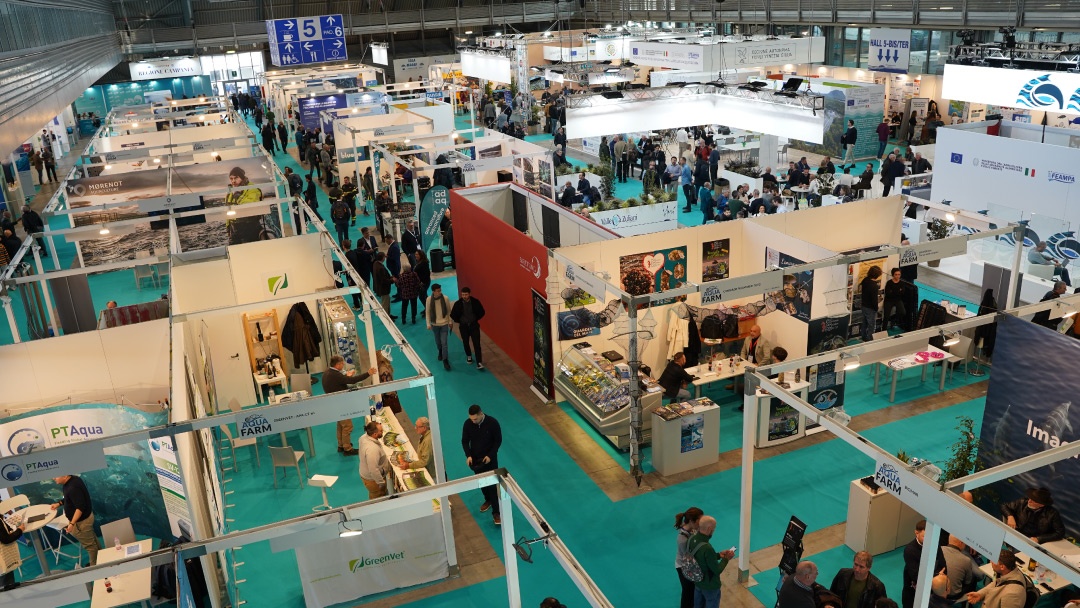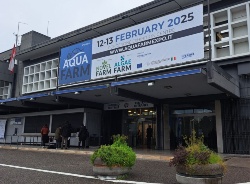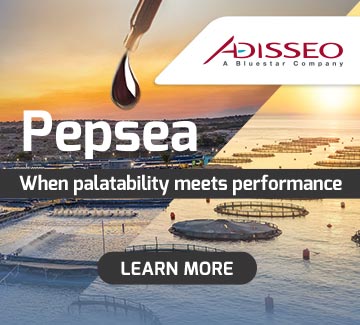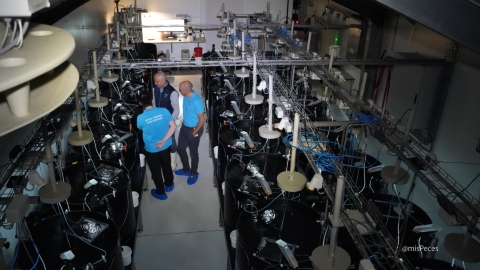
The recent AquaFarm 2025 fair in Pordenone, Italy, has highlighted crucial discussion on the need to enhance transparency in fish and seafood labelling, reflecting a growing consumer demand for clear and accurate information on the origin and production methods of their food.
Andrea Fabris, director of the Italian Fish Farmers Association (API), was emphatic about the necessary for precise and transparent labelling in restaurants and other establishments within the HORECA sector. He stressed that consumers have the right to know where the fish on their plates come from. This lack of transparency has misled many to believe they are consuming locally sourced sea bream, when this is often not the case.
Fabris highlighted during the conference that this would allow consumers to make more informed and secure choices. He revealed that only about 20% of sea bream served in restaurants is actually produced in Italy, yet nearly all restaurants claim to offer local sea bream, which seems implausible.
The issue of mislabeling is not just a local concern. A study by the Aquaculture Advisory Council (AAC) and the Market Advisory Council (MAC) of the European Commission found that up to 31% of seafood in European dining establishments is mislabeled, often selling cheaper species as more expensive ones.
Additionally, researchers from the University of Cantabria, in Spain, have called for improved labelling transparency as fraud in countries like Spain impacts an estimated 77,255 tonnes of seafood annually, split between 50,090 tonnes fresh and 22,165 tonnes frozen, costing the economy around 600 million euros each year.
This malpractice not only has financial repercussions but also undermines consumer trust and threatens the sustainability of marine ecosystems.
Common fraudulent practices include species substitution and falsifying catch dates. To tackle these challenges, the implementation of a digital traceability system by 2029 has been proposed as part of the European Commission’s “Farm to Folk” strategy. This system would enable consumers to trace the origin of seafood products from catch to presentation, enhancing transparency and trust in the European food sector.



